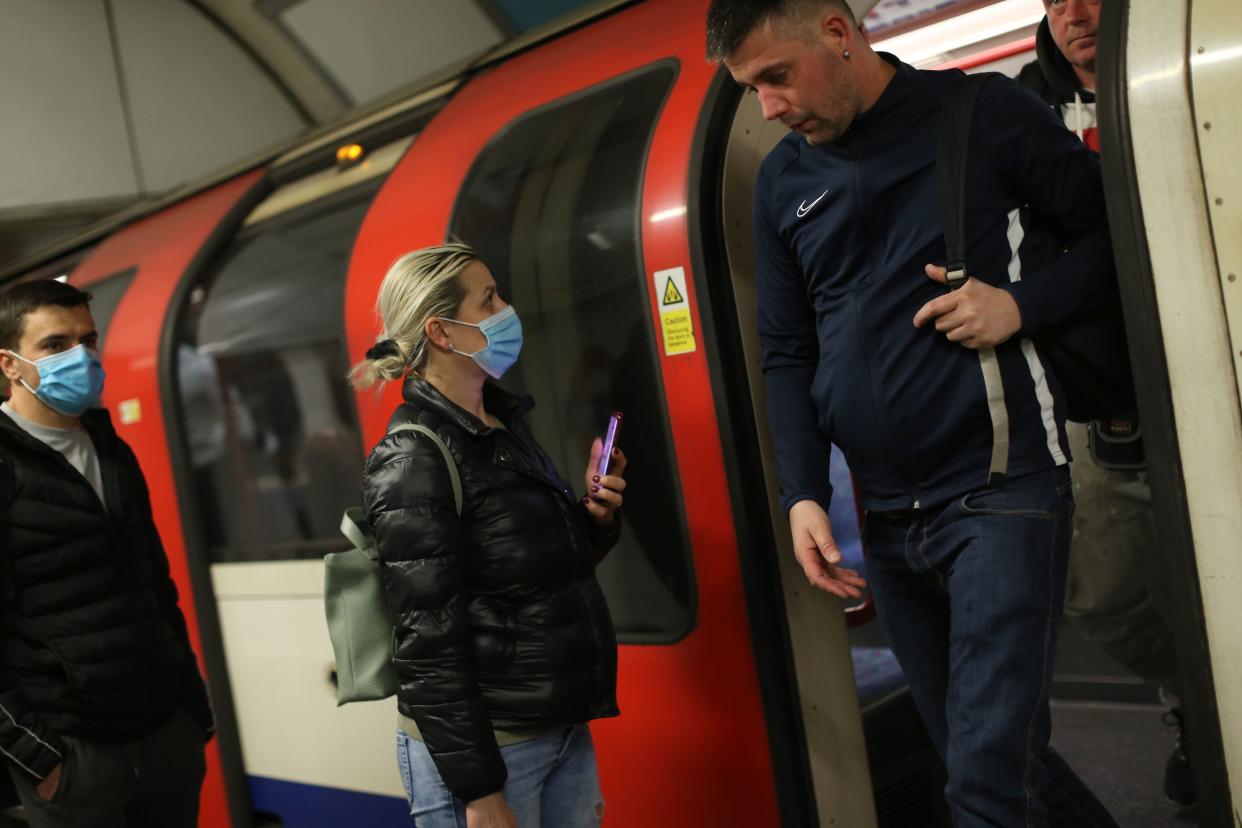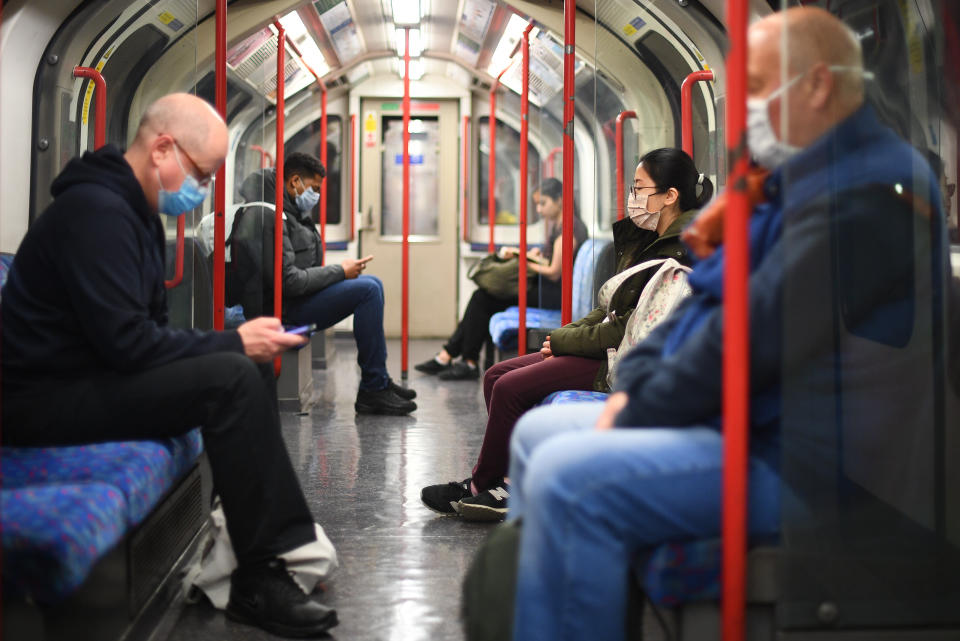As trains enforce social distancing, how will public transport look after lockdown?

Train operators have announced plans to help enforce social distancing as services start to ramp up following changes to lockdown restrictions.
London North Eastern Railway (LNER), which operates Anglo-Scottish journeys on the East Coast Main Line, plans to ban passengers from travelling without a reservation, while Avanti West Coast has warned that people without reservations may not be able to travel on their choice of train.
As people return to work following the easing of coronavirus lockdown restrictions, concerns have been raised over how commuters can travel safely on the country’s usually-packed public transport routes.
Passengers are being asked to drive, cycle or walk to their destinations instead of using public transport but numbers have already started to rise.
Here is what public transport could look like after lockdown:
Trains
LNER’s plans include making its services reservation-only from Monday.
The company is asking passengers to ignore their reserved seat and sit in a window seat, with one person per row of four seats, and two empty rows between each passenger, while people from the same household can sit together but must maintain “a safe distance” from other passengers.
Avanti West Coast, which operates intercity journeys on the West Coast Main Line, has also urged people to only travel with a reservation, warning that if they don’t they may not be able to get on their choice of train.
Latest coronavirus news, updates and advice
Live: Follow all the latest updates from the UK and around the world
Fact-checker: The number of COVID-19 cases in your local area
6 charts and maps that explain how coronavirus is spreading
Managing director Phil Whittingham said: “If everyone does this, we’ll be able to keep social distancing in place on board, both for our customers and our people.
“If customers do turn up without a reservation, we’ll do our best to help but we can’t guarantee they’ll be able to take the train they want.”
The firm has also introduced extra hygiene measures, including issuing staff with face masks, enhanced cleaning regimes and closing waiting rooms and lounges.
Tube
A spokesman for TfL said Tube travel in London had dropped by 95% and bus travel by 85% during lockdown – meaning low levels of travel on the Tube not seen in over 100 years.
But as people returned to work passengers reported seeing crowded tube trains and platforms.


Government guidance says people using public transport should stay 2m (6ft) apart and wear face coverings, but commuters have said it is “impossible” to social distance on the tube.
One said most people were not wearing masks, leaving him fearing "a second wave of infection".
Buses
Like most other public transport, government guidelines suggest that passengers on buses should be leaving 2m between each other.
But London podcaster Jay Bits recorded footage of a packed bus on Wednesday, saying he had seen it pull into Stratford station pull in with “not one person … social distancing.”
An still no one listens , I don’t get why pople have to sit so close and I don’t get why people can’t take there time getting off the bus abide by #SocialDistanacing rules I try and wait let people go keep the 2 meters and bus driver starts moaning cause I took my time #Joke #86 pic.twitter.com/0sD9WtA7JX
— ᒍᗩY_ᗷITᔕ_ Risky Roadz X BOTBOT x Grime Gran (@Jay_Bits_) May 14, 2020
He added, “either put out more buses at peak times or just go back to lockdown.”
Transport operators are being urged by the Government to rearrange, remove or limit seating “to try and ensure social distancing is observed”, which could include blocking off seats in close proximity to others and removing face-to-face seating.
Planes
Airports are looking at precautions to ensure passengers can be kept safe when more widespread travel does resume.
Heathrow Airport has said it will introduce temperature screening, which will initially be used to monitor arriving passengers in immigration halls but could also be deployed in areas for departures, connections and airport staff searches, while passengers travelling through Manchester, Stansted and East Midlands airports are being ordered to cover their faces and wear gloves.

However, Heathrow chief executive John Holland-Kaye has warned that major international airports don’t have enough space for social distancing to be a solution for safe travel post-lockdown.
Writing in the Daily Telegraph, he said: “Forget social distancing – it won’t work in aviation or any other form of public transport, and the problem is not the plane, it is the lack of space in the airport.
“Just one jumbo jet would require a queue a kilometre long.”
He said he believes mandatory health checks for passengers, increased levels of hygiene and compulsory face masks would be more realistic options to enable airports to reopen and air travel to resume.

 Yahoo News
Yahoo News 


